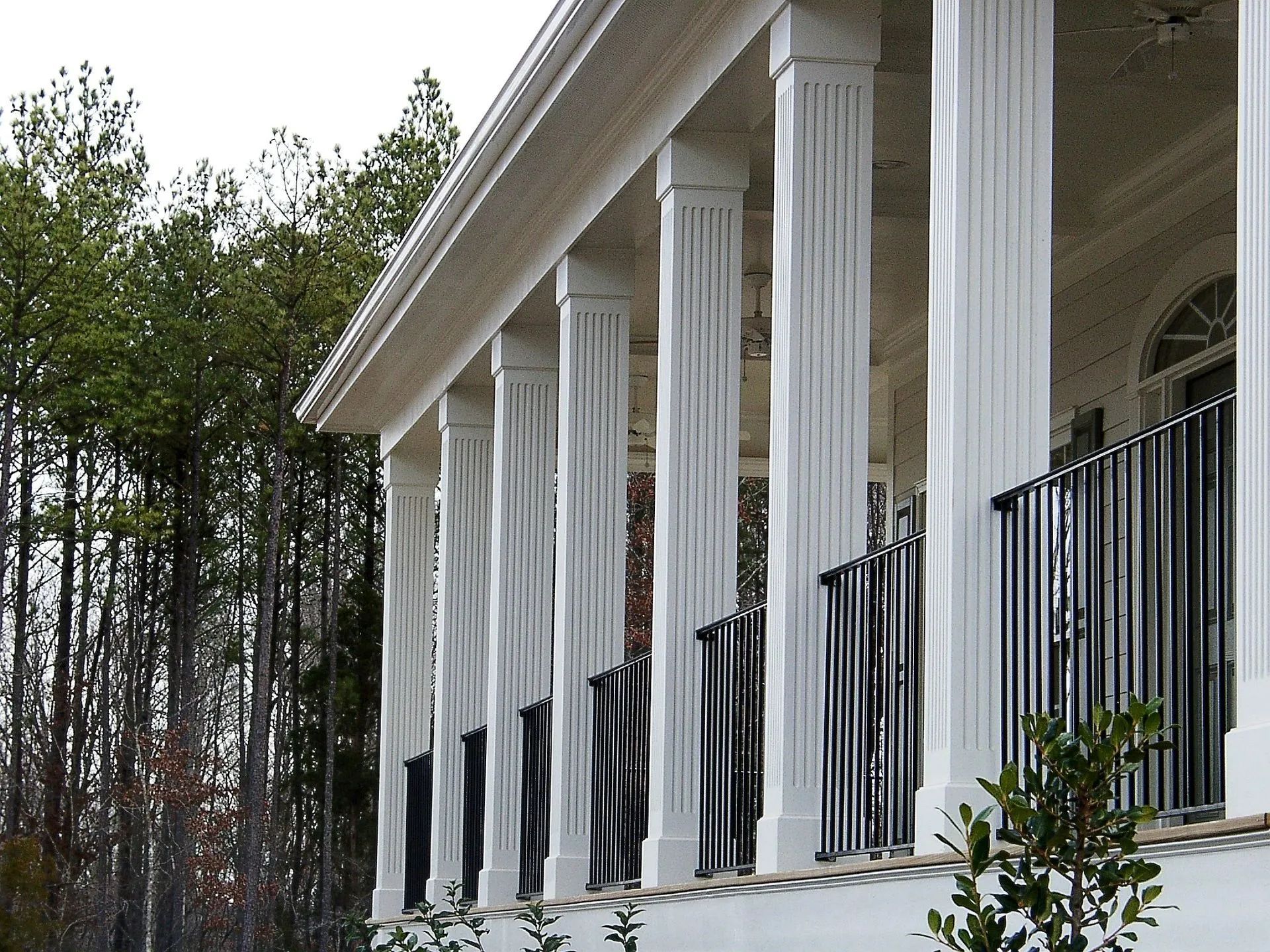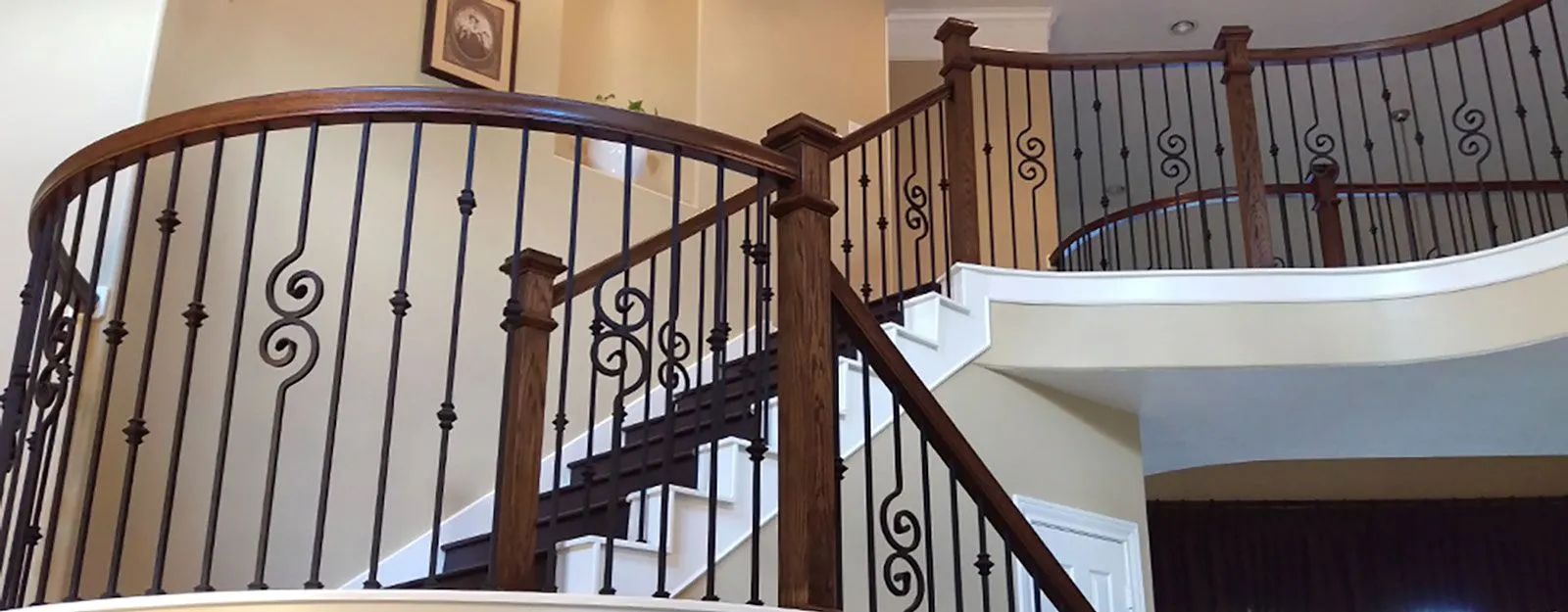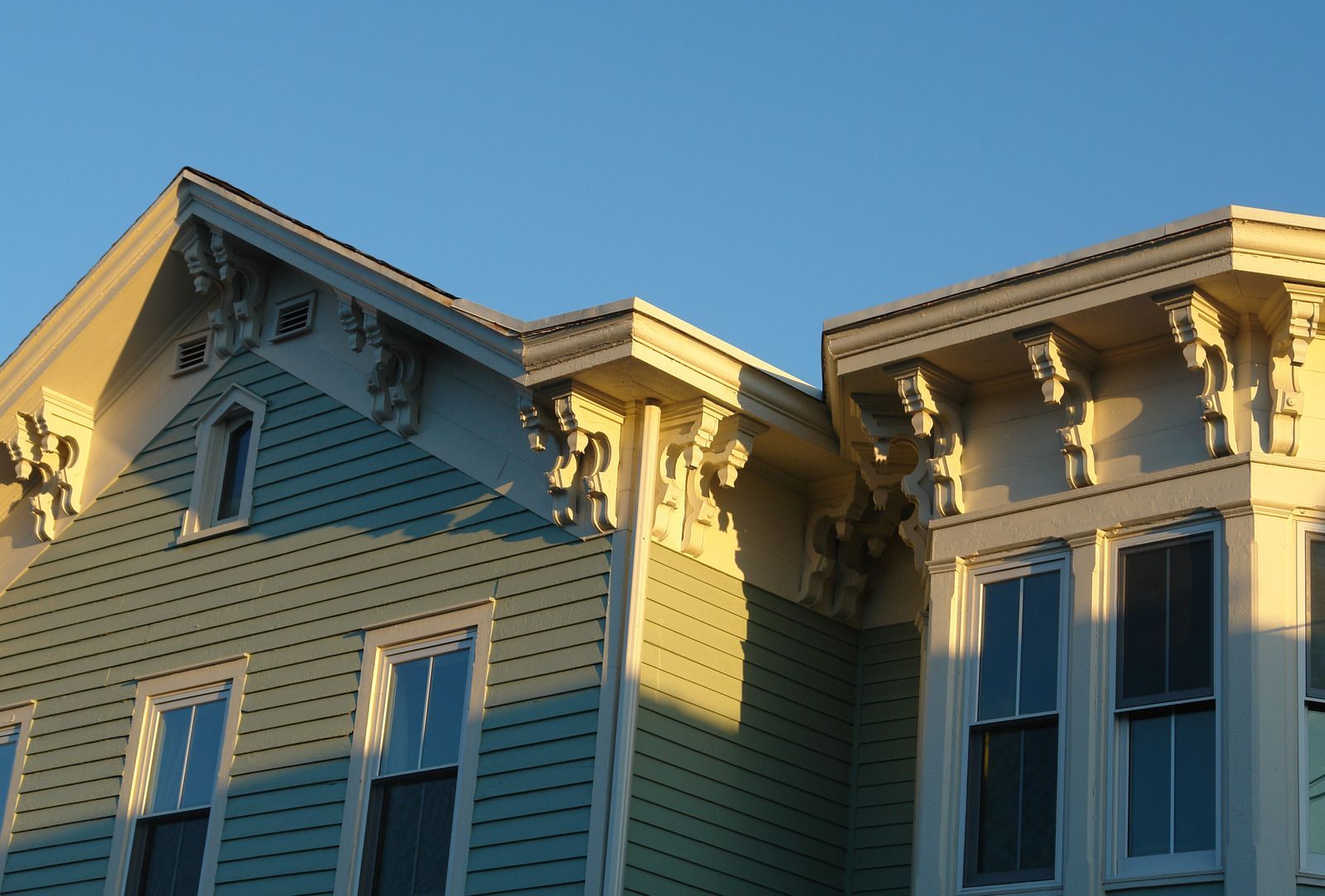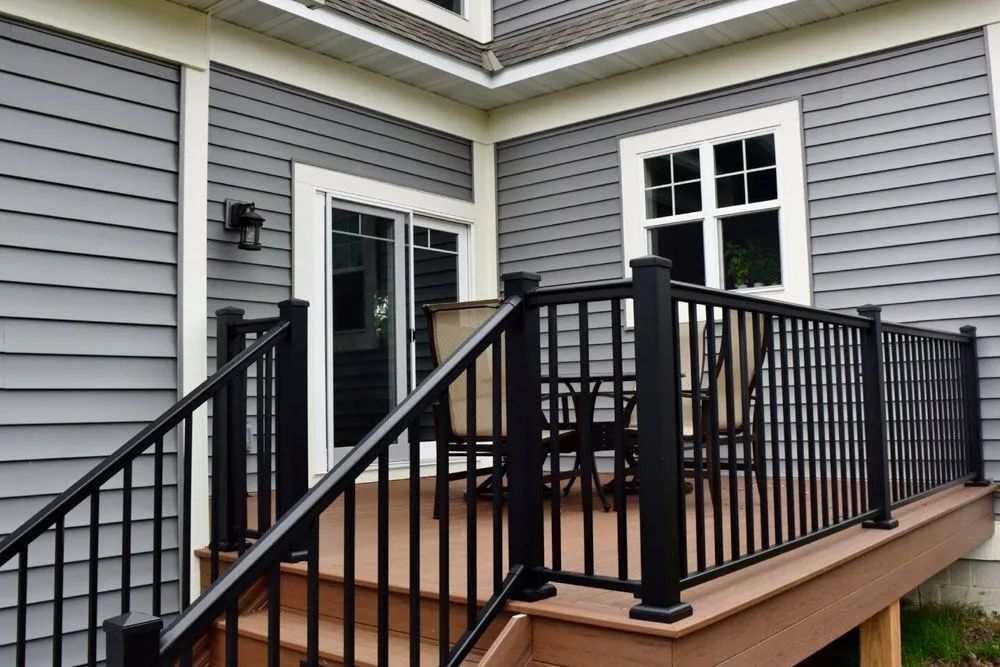Column Wraps vs. Structural Columns: What’s the Difference?
October 7, 2025

When it comes to enhancing the aesthetics and structural integrity of buildings, columns play a central role. However, not all columns serve the same purpose. Homeowners, designers, and builders often come across two main types—column wraps and structural columns. While both are essential in architecture and design, they serve very different functions.
Many people confuse these two components or assume they are interchangeable, but the truth is, each serves a distinct role in the construction and design process. Choosing the right one depends on your project's needs—whether you're building from scratch or upgrading an existing structure. Understanding these differences can help you avoid costly mistakes and ensure both style and safety. In this blog, we'll break down the key differences between column wraps and structural columns to help you make an informed decision.
1. Purpose and Functionality
The most fundamental difference lies in their core purpose. Structural columns are designed to support the weight of a structure. They carry loads from the roof, floor, or upper stories and transfer that load to the foundation. These columns are typically made of materials like steel, concrete, or wood, and are engineered to meet strict building codes. In contrast, column wraps are purely decorative. They are used to enhance the appearance of an existing column or post without bearing any load.
2. Materials and Construction
Structural columns require heavy-duty materials due to their load-bearing function. Common choices include steel I-beams, reinforced concrete, or pressure-treated lumber. On the other hand, column wraps are often made from lightweight materials like PVC, fiberglass, polyurethane, or wood veneers. These materials are chosen for their aesthetic versatility and ease of installation.
3. Installation Process
Installing a structural column involves complex calculations, reinforcement, and inspections to ensure stability and safety. It’s a job typically handled by engineers and professional builders. Column wraps, however, are far more accessible and can often be installed by a skilled carpenter or contractor. They come in pre-manufactured sections that are wrapped around existing support posts and secured with adhesive or screws.
4. Design Flexibility
Column wraps offer immense design flexibility. They can mimic a range of classic architectural styles—Doric, Ionic, Corinthian, and Tuscan—and be finished with paint, stain, or carvings. Because they’re not structural, you can change or update them relatively easily. Structural columns, while sometimes designed to be visible, are more limited in appearance due to safety considerations.
5. Use Cases
If you're building a new home or addition, you’ll need structural columns in key load-bearing areas. Column wraps are ideal for upgrading older supports, hiding unattractive posts, or adding elegance to porches, patios, and entryways without major construction.
Trusted Experts in Architectural Enhancements
For over 20
years, Columns & Carvings, LLC
has helped homeowners and builders across Birmingham, Alabama, distinguish form from function when it comes to architectural details. Specializing in high-quality
column wraps, decorative capitals, bases, and trim solutions, our products are crafted with precision and elegance to elevate any space. Whether you need decorative upgrades or expert guidance on column selection, trust our team to bring beauty and character to your project. Columns & Carvings, LLC
is your reliable partner in achieving timeless architectural design.





